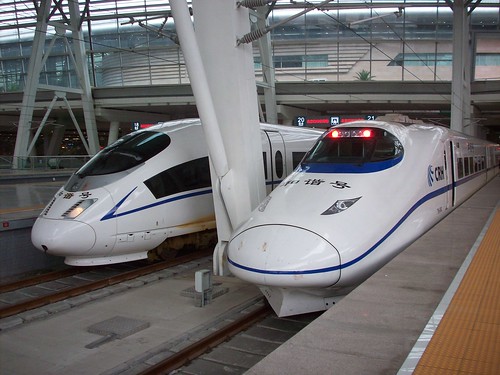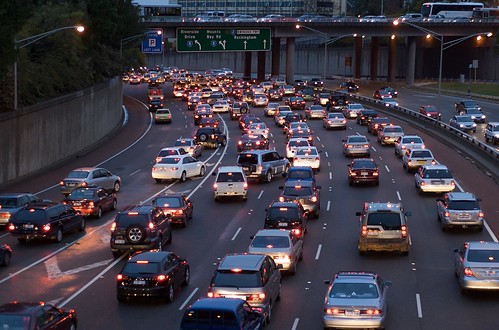(Source: Timesonline, UK & Autocar, UK)
A £2,000-a-car scrappage scheme aimed at kick-starting Britain’s depressed motor industry has hit trouble after a dispute between car companies and the Government over costs.
Manufacturers, including Ford and Honda, have told dealers not to register any new vehicles under the scheme, which is starting today.

Consumers are being offered £2,000 towards a new car if they trade in a motor that is at least ten years old.
The car companies said that they were seeking “clarification” from the Department for Business, Enterprise and Regulatory Reform (BERR) over “administrative” details.
The Government insisted that it had been clear on details of the scheme, under which manufacturers would pay £1,000 and the Government £1,000 towards the cost of the incentive.
However, the car manufacturers want dealers to share the cost.
The eleventh-hour hitch will come as a huge embarrassment to the Prime Minister, who had heavily promoted the “bangers for cash” scheme as the route to revitalising Britain’s depressed motor industry.
Gordon Brown and Lord Mandelson, the Business Secretary, visited a Nissan dealership today to talk to consumers signing up to the scheme.
Mr Brown said the £300 million project would prove “very popular” and “a great help to the British car industry.” It would help the economy to “move forward,” he said.
A BERR spokesman said: “Thirty-eight manufacturers have signed contracts with the Department which set out clearly that manufacturers provide £1,000 and the Government matches it.
“We understand several dealers are unhappy about the idea they should share the costs. The Government also needs to ensure VAT is paid in accordance with the scheme.”
Though the scheme was revealed in the Budget the final details emerged only at a meeting on Thursday, manufacturers said.
However, President of the AA Edmund King has pointed out that the £2000 incentive can be used as a deposit to help car buyers get finance. He added that the scheme would “transform the chances of survival in a crash for thousands of car owners” whose current old cars offer substantially less protection than newer models.
But Friends of the Earth executive director Andy Atkins said the scrappage scheme was “a lost opportunity”.
“A well-designed scheme could have played a limited role in cutting emissions from our roads,” he said. “But, unlike some other countries, the UK scheme doesn’t prevent motorists part-exchanging an old, small model for a brand-new gas guzzler.”
Business secretary Peter Mandelson visited a car dealership today to launch the scheme and said there has been a positive response from the industry.
“I am delighted by the response of the motor industry. Thirty-eight companies have signed up – all the major UK car manufacturers and a number of other companies. This means more choice for consumers and a boost for British brands.
“The scheme has been met with a flood of enquiries from customers. It will provide a boost to the industry and kick-start sales.”
The confirmed list of manufacturers who have signed up to take part are: Allied Vehicles, Bentley, BMW, Chevrolet, Citroen, Daihatsu, FIAT, Ford, Honda, Hyundai, Isuzu, Jaguar, Kia, Land Rover, London Taxis International, Mazda, Mercedes Benz, MG Motor, Mitsubishi, Nissan, Perodua, Peugeot, Porsche, Proton, Renault, Rolls Royce, SAAB, SECMA UK, Subaru, Suzuki, Toyota, Vauxhall, Volkswagen, Volvo, Koelliker UK Ltd, Iveco Ltd, Chrysler and Renault Trucks UK Ltd.





 Ohio Rep. Betty Sutton’s amendment made it onto the American Clean Energy and Security Act, the legislation being marked up this week by the House Energy and Commerce Committee. Approved by a vote of 50-4, the amendment provides a voucher of up to $4,500 for
Ohio Rep. Betty Sutton’s amendment made it onto the American Clean Energy and Security Act, the legislation being marked up this week by the House Energy and Commerce Committee. Approved by a vote of 50-4, the amendment provides a voucher of up to $4,500 for 






